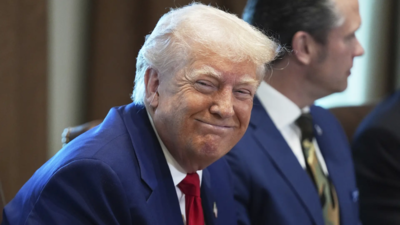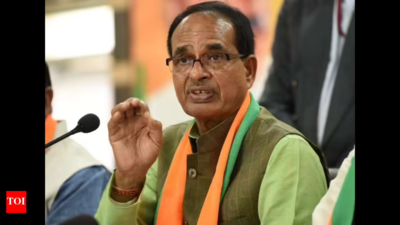
America’s most prestigious universities, including Harvard, Yale, and Stanford, are bracing for an unprecedented hike in taxes on their multi-billion-dollar endowments. A new law, signed last month by President Donald Trump as part of his flagship spending bill, replaces the flat 1.4% levy with a tiered system charging the wealthiest schools up to 8% of their investment earnings. The change, effective from 2026, is already forcing budget cuts, hiring freezes, and staff layoffs. Education experts warn that the ripple effect could reach lower- and middle-income students, as universities may be forced to scale back financial aid packages. With research funding also under pressure, the coming years could redefine access to elite US higher education.
Who will pay the highest rates
The new tiered endowment tax applies only to private universities with more than 3,000 students and at least $500,000 in assets per student.
- 8% rate: Harvard, Yale, Stanford, Princeton, Massachusetts Institute of Technology (MIT)
- 4% rate: Notre Dame, Dartmouth, Rice, University of Pennsylvania, Washington University in St. Louis, Vanderbilt University
- Near threshold: Duke and Emory narrowly avoid higher tax based on last year’s figures
What the endowment tax means
University endowments are long-term investment funds built from donations, with earnings typically used to fund scholarships, research, and endowed faculty positions. Institutions generally spend around 5% of earnings annually, much of it on financial aid. Experts fear the higher tax could erode the funds available for scholarships, especially for lower-income students, potentially reducing access to elite education.
Immediate budget reactions
Yale University projects $280 million in endowment tax payments, triggering a hiring freezeStanford University is cutting $140 million from its budget, eliminating 363 jobs and pausing new hires- Rice University anticipates paying $6.4 million more in taxes, equivalent to over 100 financial aid packages, but is seeking ways to avoid cutting student support
Harvard University , with a $53 billion endowment, will face the largest tax burden while also battling federal freezes on $2.6 billion in research grants
Political and funding pressures
The tax hike comes as elite universities already face reduced federal research funding from agencies like the NIH and NSF. Harvard estimates that the Trump administration’s policies could cost it up to $1 billion annually. Critics argue the tax unfairly targets top research institutions, while supporters say wealthy universities should contribute more to public finances.
What’s at stake for students
Economists warn that the schools most affected by the tax are also the ones offering the most generous financial aid. Cutting aid could mean higher out-of-pocket costs for low- and middle-income students or reduced enrollment from underrepresented groups. While universities will likely remain globally competitive, the path to these institutions could become narrower for those without substantial financial means.TOI Education is on WhatsApp now. Follow us here.






